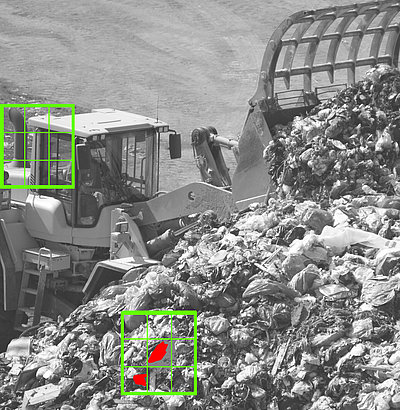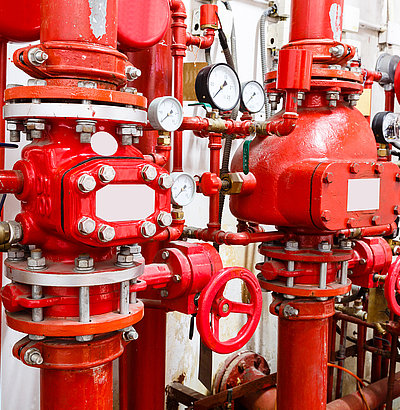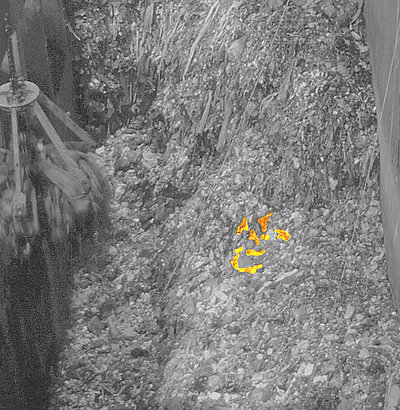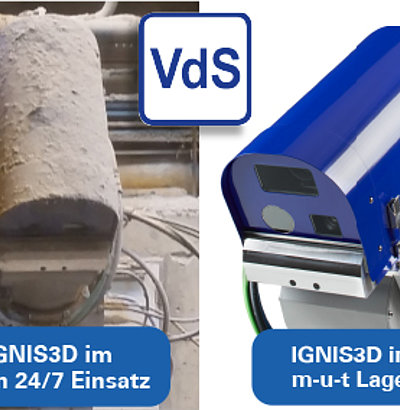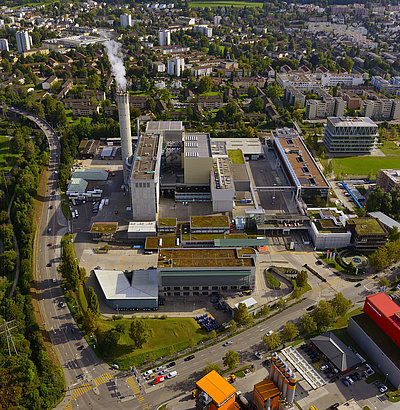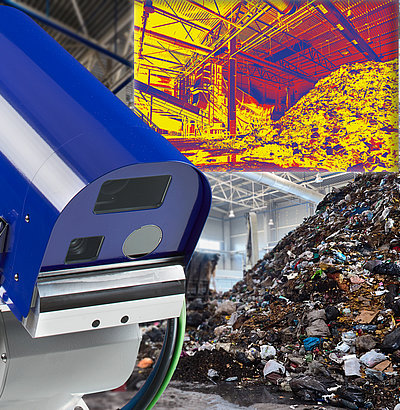Embers (Hot Spot) detection and localisation
When the freely definable alarm thresholds are exceeded, the affected areas are flagged. Alarm conditions and their location within the monitoring range are then recognisable at a glance. If the hotspot is beneath the surface, the measured temperature on the surface is still well below the critical temperature when the embers have already reached the critical temperature. Therefore, it is important to be able to measure far below the critical temperature, as is possible with LWIR.
![[Translate to Englisch:] Brandfrüherkennung](/fileadmin/m-u-t/Bilder/CleanTech/Brandfrueherkennung/Serienprodukte/Serienprodukte_Ignis3D_Infrarot_Detektion_zur_Brandfru%CC%88herkennung.jpg)
![[Translate to Englisch:] Brandfrüherkennung](/fileadmin/_processed_/a/0/csm_Serienprodukte_Infrarot_Technologie_zur_Brandfru%CC%88herkennung_4b56f5bb79.jpg)

